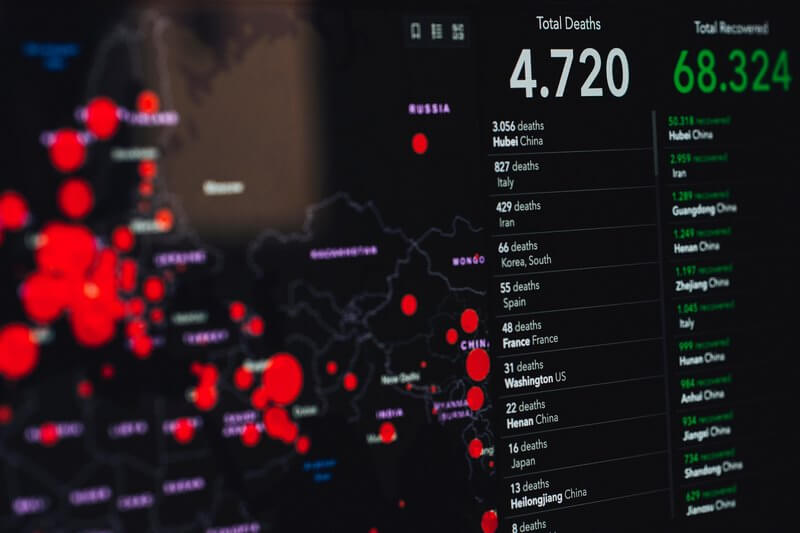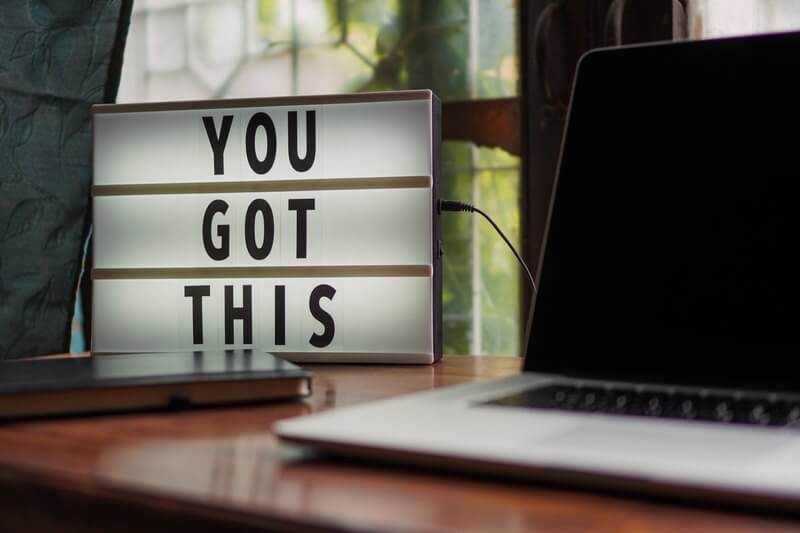
Nine months of a global pandemic
In this blog, COVID-19, the next normal ahead, I review significant areas of business continuity practice that will be incorporated post-pandemic. We are nine months into this global event. SARS-CoV-2 is a life-changing event for all of us. And, we are not yet through to the other side. It is now easily predictable that the crisis will continue well into 2021. Bleaker forecasts say it will stick around for some time to come. So, until case counts decrease to zero or the scientific community eradicates it, COVID-19 will continue to be the number one crisis du jour across the world.
A deeply humbling & rewarding time
For me, it has been a strangely rewarding time. As tragic as the event is, especially for those in the 76 and older age range, it is a phenomenal time to work in business continuity. This pandemic is the most significant event of my career. COVID-19 surpasses my September 11th and Hurricane Katrina experiences. It even dwarfs the asymmetric warfare of the terrorist events I responded to since 2001.
It is hard not to be humbled by the way people came together to address this faceless enemy. Responding to a crisis that is not visible is challenging at best. However, I observed people working tirelessly across all walks of life and business backgrounds to keep each other safe. Security, safety, operations, real estate, first responders, and grocery workers have kept life moving forward.
Through all of this, business continuity professionals are at the forefront. We coordinated, advised, and made game-time decisions across multiple marketplaces and in our communities. Colleagues are aligned in their focus to beat the pandemic, always giving, persevering, and unwavering in their commitment get us all through the event with minimal longterm damage.

Health safety & security focus
As I mentioned in an IFMA-Boston podcast back in April, it is hard to know what will happen next. I already heard the term COVID-19 next normal being used instead of a new normal, and I decided I liked it. To me, it speaks to the ever-changing world we are experiencing due to this crisis. There is already a lot of speculation that the pandemic will change our lives forever. There is no doubt it will alter our lives in significant ways.
From what I experienced, I am anticipating some safety measures will stay in place – for example normalizing the use of masks when sick in the US and screening protocols. COVID-19’s impact on our world and the US economy is undeniable. The key will be to what extent and how fast we bounce back. Overall, I am a glass-half-full person, so I always hope for the best. But, the business continuity professional in me still plans for the worst. I urge you to do the same.
Rise of health security measures
Since April, the implementation of health security measures has grown. I expect operationalized health security measures as part of business continuity planning. We were lucky that recent pandemic outbreaks like H1N1 or SARS were not as widespread as COVID. We stopped being lucy this year. As part of our work, we should continue to urge our leaders and organizations to plan for worst-case, long-term events.
In the post-pandemic COVID-19 period, we will need to remain vigilant. We relied on advances in modern medicine, believing from the recent outbreaks that we would not face an event like the 1918 flu pandemic. This pandemic is one that rivals it, even as the impacts are understandably different. Yet, the techniques used to combat it are the same as 100 years ago. In the profession, it is not our job to be infectious disease experts; however, we must learn to both innovate and to put into effect what we learned for future events. As we all say in this work, it is not a matter of if but of when the next incident will occur.

Resilience & unified event management
So, what you may be asking is what can we do to plan for future crisis events. My answer is simple and complex at the same time. We need to incorporate a resilience framework into our business continuity programs. If you are already on this bandwagon, I applaud you. The major innovation I experienced this year was that the silos between disciplines disintegrated within my department. Safety, security, business continuity, and travel security all came together to work in an aligned way. Within my org, I was already advocating for initiating a Unified Event Management structure. Even as we responded to COVID-19 and other events this year, this initiative continued.
I believe that businesses cannot survive if it continues to respond in a segmented manner by event type (cybersecurity, reputation, natural disasters, DR, etc.). Instead, I envision a future were business continuity manages the integration of events across the spectrum where Subject Matter Experts (SMEs) lead based on the crisis. This cross-functional approach makes sense in an environment where incidents impact multiple aspects of business operations. In the past, departmental SMEs were often unaware of the upstream, and downstream affects events had on other functions. We can no longer afford to ignore a holistic approach when the effect can potentially cost companies millions of dollars.
Business continuity & resilience makes sense
Business Continuity and resilience are not strangers. The incorporation of operational stability into business continuity practice has been on the rise for several years (or vice versa). Already, many in the profession are seeing the value of fully integrating operational resilience into business continuity planning. It was on my radar for several years. The tag line I use for my disasterempire.com site is Your source for Disaster Resilience Knowledge, Analysis, and Information. When I launched the blog, and in my professional life, I realized that disaster work needed to pivot to focus on resilience. Leveraging a resilience approach makes sense, especially when coupled with a unified event management structure.

Remote workers and working from home
Speaking of operational resilience, many in the business world were shocked at how well their workforce shifted to working remotely. For COVID-19, the next normal ahead will be for many non-essential, non-retail workers to be enabled to work from home. This change in the work environment is a massive mental shift for many organizations. I give a huge shout out to our technologies departments and third-party vendors for making the transformation possible.
The demands on parents and caregivers are real concerns for long-term success. Another challenge is how well people and groups that did their best work in face-to-face settings can shift to a virtual environment. As someone who worked remotely for several years, it can be challenging for me to remember how much of a struggle it was a first. Several years on, however, I am adapted to this way of working. However, I recognize both the human impulse for community and the need to interact with others through physical presence.
Work from home value
How well the digital interface will work only time will tell, and I fully expect some aspects of in-person work to come back. However, I also predict that the corporate and real estate landscape to shrink considerably in the near-term. Organizations will be looking to recoup deficits and practice responsible cost-savings by leveraging this opportunity, along with limiting travel. A delicate balance of returning customer-facing or groups need physical presence to offices where required is a focus for next year.
Next, organizations will maintain a majority of personnel in the remote environment. This approach will continue for some time, either from employee sentiment or value. Businesses will shift their operating model. They are learning that many workers need flexibility, and it encourages a more robust work-life balance.

COVID-19 in the year ahead
From a business continuity perspective, COVID-19 is both a challenging and enriching experience. There is no denying the pandemic impacts our daily lives. At the same time, I see that the event has pushed businesses and our profession to innovate quickly, as we pivoted to outpace outdated methodologies in a race against the virus. We are in the new normal phase that while we are still responding to COVID-19, the next normal ahead is already evolving. As the virus ebbs and flows across the globe, business continuity professionals cannot afford to be lax.
A similar framework that comes to mind is a theater of war with multiple battlefronts. While we continue to participate in minimizing the damage caused by the pandemic, were are simultaneously working to mitigate future iterations. An effort like this takes great perseverance and mental acuity. Successful outcomes cannot be achieved singularly by business continuity groups. The pandemic taught me the value of working alongside multiple stakeholders. Their efforts, co-joined with mine, have produced a far better result than could be achieved alone. However, we should prepare for future events by integrating successful methods and then work to address identified gaps.
